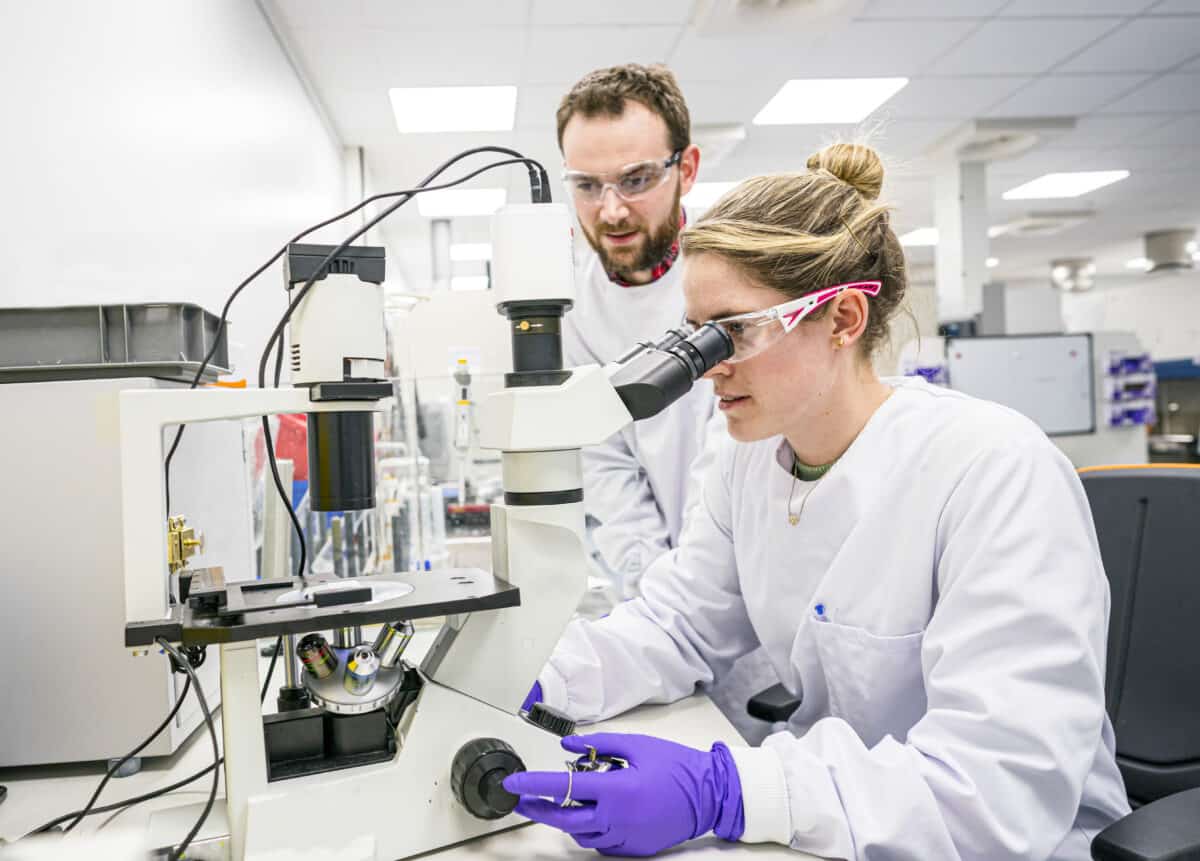
In the field of neurodegeneration research and especially Alzheimer’s disease (AD), we’re in new, promising but entirely uncharted waters, as we’ve come to better understand and monitor the biological basis of the condition. Advancements in precision medicine across biomedical research brought us data science techniques, digital health tools and novel biomarkers, that can be applied to our deeper understanding of disease biology to add clarity toward a potential path for slowing disease progression. I believe we have now entered the golden era of AD clinical research and management: with more combined scientific knowledge and capabilities than ever before, we’ve arrived at the long-awaited threshold of bringing treatments to patients, caregivers and families impacted by this disease.
While there have been major advancements in medicine in recent years, including recent approvals signaling progress, unmet needs remain in the development of AD treatments that can address the root of the disease as early as possible, even before symptoms occur. This incurable brain disease causes progressive decline in memory and other cognitive abilities, ultimately leaving those affected – some tens of millions of people and growing – without the ability to speak, eat or walk and completely dependent on others.1 Societal costs associated with AD are estimated at over 1 trillion dollars annually and continue rising at a rapid rate.1 As a field we’ve united around the common cause of putting an end to this disease, spurring the formation of various consortia uniting organizations from across industry, government, advocacy, and professional associations who are committed to precompetitive collaboration in order to help advance the science. By using the latest precision medicine techniques to fully understand the nature of the disease, we can overcome some of the obstacles blocking a way forward in AD research.
AD is characterized by the abnormal accumulation of two proteins, called amyloid beta (Aβ) and phosphorylated tau (ptau), that begins up to 20 years before symptom onset. Identifying and intervening with the disease during this pre-symptomatic stage seemed out of reach, until now. At Janssen, a core part of our precision neuroscience research program is dedicated to identifying and applying biomarkers to accelerate earlier diagnosis, drug development and clinical decision making in AD.
Video: Novel biomarkers are helping to advance Alzheimer’s disease research.
Clinical Trial Enrollment
Historically, before biomarkers were discovered and developed, clinical trial researchers couldn’t identify patients who had pathophysiology of AD until they were well into the symptomatic stage of the disease – which was too late for many therapeutic mechanisms. Furthermore, without biomarkers, participants recruited for clinical trials had mixed pathology that diluted the trial pool. With our precision neuroscience strategy and the combined use of plasma, imaging and digital biomarkers, Janssen aims to identify the right patients at the right time to participate in AD clinical trials.
If we can identify and treat patients with AD before they present irreversible neurodegeneration leading to cognitive decline, we have the potential to slow and potentially even prevent this disease – helping people stay connected to their loved ones, active in their communities and able to live out productive, independent lives for longer.
Crucial to these efforts are highly sensitive, non-invasive tools to measure key indicators of AD pathology. We are using unique biomarkers to test new tau-targeting therapies in early and pre-clinical patients – with a special focus on the species of tau protein known as p217Tau, a plasma-based biomarker – that may help researchers and clinicians assess the presence of amyloid and tau associated with AD pathology even in cognitively unimpaired people. For example, incorporating the blood test into screening has the potential to eliminate the need for invasive lumbar punctures and reduce the reliance on expensive and less accessible imaging, to aid clinical trial enrollment efforts. We use these biomarkers today in our clinical trials, but in the future we hope they will be used to help diagnose patients and inform their clinical care.
Monitoring Pathologic Progression
Additionally, new capabilities in positron emission tomography (PET) imaging analytics allow us to define biomarkers to locate and then track the progressive spread of tau pathology throughout the brain. This approach will support improvements in diagnosis, disease staging and monitoring intermediate outcomes in clinical trials. Through ongoing collaboration with leading technology companies, we are also developing and deploying novel digital biomarkers. These technologies – such as speech biomarkers that leverage AI-driven analytics to identify abnormalities indicating potential signs of early cognitive decline or disease progression – can reduce patient and trial site burden, collect higher quality objective data, measure cognitive and functional endpoints in trial subjects and rapidly inform clinical decision making.
At Janssen, we’re building on our 60-year legacy in neuroscience by harnessing precision medicine to revolutionize AD research and treatment so that we can reduce the burden, disability and devastation caused by this condition. Learn more at: https://www.janssen.com/neuroscience.
1 World Health Organization. (2023, March 15). Dementia. World Health Organization. https://www.who.int/ngews-room/fact-sheets/detail/dementia
About the Author
Fiona Elwood, Ph.D., is the Neurodegeneration Disease Area Leader at The Janssen Pharmaceutical Companies of Johnson & Johnson. She has deep expertise in molecular mechanisms of neurodegeneration, including in tau biology, and the use of human cell models and advanced screening approaches to support novel target identification and validation. She received her doctorate in Neuroscience from the University of London and completed her postdoctoral work in Neuroscience at Stanford University.